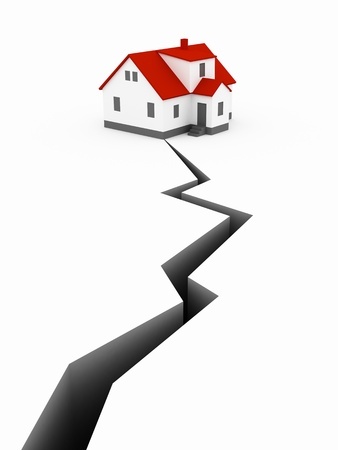 There are regions all over the world that are “earthquake prone,” but that doesn’t keep people from living in them, nor does it keep architects and engineers from building near fault lines. At McNeil Engineering, we regularly perform seismic analysis.
There are regions all over the world that are “earthquake prone,” but that doesn’t keep people from living in them, nor does it keep architects and engineers from building near fault lines. At McNeil Engineering, we regularly perform seismic analysis.
But what exactly goes in to constructing a building in a earthquake hot zone? Here’s a brief overview of the factors and planning involved.
Testing. Believe it or not, there are laboratories all over the globe that focus solely on constructing and wrecking full-size building models. In fact, there’s one housed at the University of Buffalo in Buffalo, N.Y. Over the course of the past decade, engineering researchers have built full-scale home and building models using cold-formed steel.
The structures, built on shaking platforms, are outfitted with cameras and sensors, and a man-made earthquake is unleashed. The sensors and cameras pick up valuable visual and structural data that engineers use to design and construct future buildings.
Materials and shape. Earthquakes that happen in the middle of nowhere probably won’t cause much damage, but if one hits in a high-population area and buildings are unsound, major havoc is unleashed. Structures made out of materials such as stucco or brick are especially prone to falling apart, while materials like wood and steel allow more wiggle room. The shape of buildings also plays a role in whether a building will fall or stand.
Would you believe it if we told you skyscrapers have a better chance of staying put than homes? It’s true! Tall buildings are specifically constructed to be able to sway, while homes can implode on themselves if an earthquake’s tremors are strong enough.
Foundation. It isn’t just the construction of a building that matters; what’s under the ground plays just as important a role. If the foundation of a building is based in soil or soft rock, it won’t withstand seismic waves as well as something built on sturdy bedrock.
Next time you visit California, Washington or Oregon, take a few moments to look at the buildings around you. What steps do you think their engineers made to ensure they will last if “the big one” hits?








